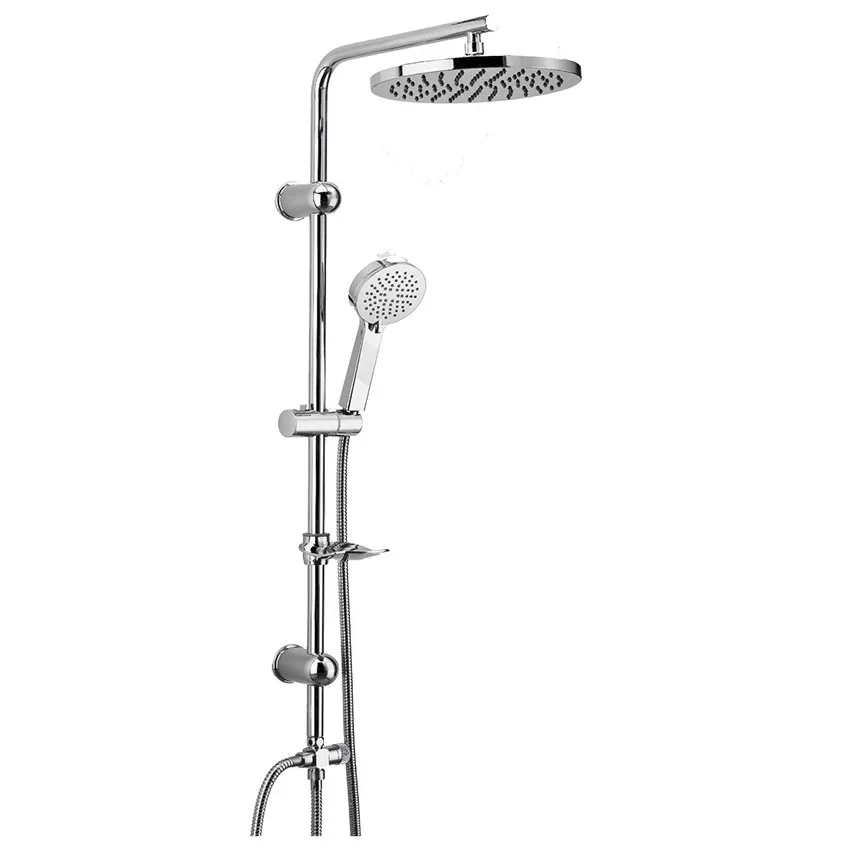Choosing the Best Kitchen and Sink Taps for Style and Functionality
The right kitchen tap can transform a kitchen from ordinary to extraordinary. Modern kitchen-sink taps go beyond basic utility; they add style, save water, and make everyday tasks more convenient. From touchless faucets to pull-down sprayers, there are countless options designed to match both your kitchen’s aesthetic and practical needs.
Why the Right Kitchen Tap Matters
Did you know that upgrading to a more efficient kitchen tap can reduce water usage by up to 30%? Choosing the right tap can impact your water bills, enhance functionality, and even improve hygiene in the kitchen. With advanced technology and a wide range of designs available, selecting the right tap has never been more important for homeowners looking to combine style with functionality.
Key Benefits of Choosing Quality Kitchen & Sink Taps
Selecting a high-quality kitchen tap brings several advantages:
- Enhanced Functionality: Features like pull-down sprayers, swivel spouts, and touchless sensors make kitchen tasks easier and faster.
- Improved Water Efficiency: Many modern taps come with flow restrictors and aerators that reduce water waste without compromising pressure.
- Aesthetic Appeal: Kitchen taps are available in a wide range of finishes and styles, from classic chrome to brushed nickel, allowing you to match your kitchen decor.
- Durability: Quality taps made from durable materials like stainless steel or brass last longer and resist corrosion and wear.
- Better Hygiene: Touchless or single-lever taps reduce contact, making it easier to maintain a cleaner kitchen environment.
Types of Kitchen Taps and Their Features
To help you decide on the best kitchen tap, here’s a comparison of popular tap types, their key features, and ideal uses:
| Tap Type | Key Features | Ideal For |
| Single-Lever Tap | One handle controls water flow and temperature | Kitchens with minimal space |
| Pull-Down Tap | Spray head pulls down for targeted cleaning | Sinks where flexibility is needed |
| Pull-Out Tap | Flexible spout that pulls out; compact design | Small kitchens or dual sinks |
| Touchless Tap | Motion-activated; reduces contact for better hygiene | Busy kitchens; homes with kids |
| Two-Handle Tap | Separate hot and cold handles; traditional look | Classic or vintage-inspired kitchens |
| Commercial-Style Tap | High arc and powerful spray for heavy use | Large kitchens; avid home cooks |
Factors to Consider When Choosing a Kitchen Tap
- Think About Functionality
Consider what features are most important for your daily tasks. A pull-down or pull-out tap, for example, offers flexible spray options for washing dishes or rinsing vegetables. Touchless taps, on the other hand, are great for those who value convenience and hygiene.
- Match the Tap Style to Your Kitchen Design
Different tap styles suit different kitchen aesthetics:
- Modern Kitchens: Sleek, single-lever or touchless taps in chrome or matte finishes work well.
- Traditional Kitchens: Two-handle taps with elegant finishes like bronze or brass add a classic touch.
- Industrial Kitchens: Commercial-style taps with high arcs and robust sprayers make a bold statement.
- Choose the Right Material
The material of your tap affects its durability and appearance:
- Stainless Steel: Known for its corrosion resistance and durability, it suits most kitchens.
- Brushed Nickel: Has a softer look than chrome and hides water spots well.
- Brass: Often used in vintage or rustic designs; durable and adds warmth to the kitchen.
- Consider Water Efficiency
Opt for taps with water-saving features, like aerators and flow restrictors, to conserve water. Many modern taps include these features, which can help reduce water waste and lower utility bills over time.
- Determine the Right Spout Height and Reach
Spout height and reach are critical factors, especially if you have a double sink or often fill large pots. A high-arc tap is ideal for flexibility, while a low-arc tap may suit smaller sinks where splashing is a concern.
Step-by-Step Guide to Installing a Kitchen Tap
Installing a kitchen tap can be a manageable DIY project with the right tools and preparation. Here’s a basic outline:
- Turn Off the Water Supply: Shut off the valves under the sink to prevent leaks.
- Remove the Old Tap: Use a wrench to disconnect the supply lines and mounting nuts.
- Install the New Tap: Place the new tap into the sink holes and secure it with mounting nuts.
- Connect Supply Lines: Attach the hot and cold water supply lines to the new tap.
- Check for Leaks: Turn the water back on and check all connections to ensure there are no leaks.
Visual Aids
An infographic showing different kitchen tap designs and their ideal applications can help readers visualize the best choices for their needs. Additionally, a diagram on how to install a kitchen tap step-by-step would provide useful guidance for DIY enthusiasts.
Conclusion: Enhancing Your Kitchen with the Right Tap
Choosing the best kitchen tap is a small change that can have a big impact on the functionality and style of your kitchen. By understanding your needs and exploring various styles and features, you can select a tap that enhances your kitchen’s design and makes daily tasks easier.
Which type of kitchen tap is your favorite?
Do you prefer a modern touchless option or a classic two-handle design? Share your thoughts in the comments below and let us know what tap features you think are essential for a functional kitchen!




















